Published
- 16 min read
Top Alibaba Cloud Alternatives Platforms
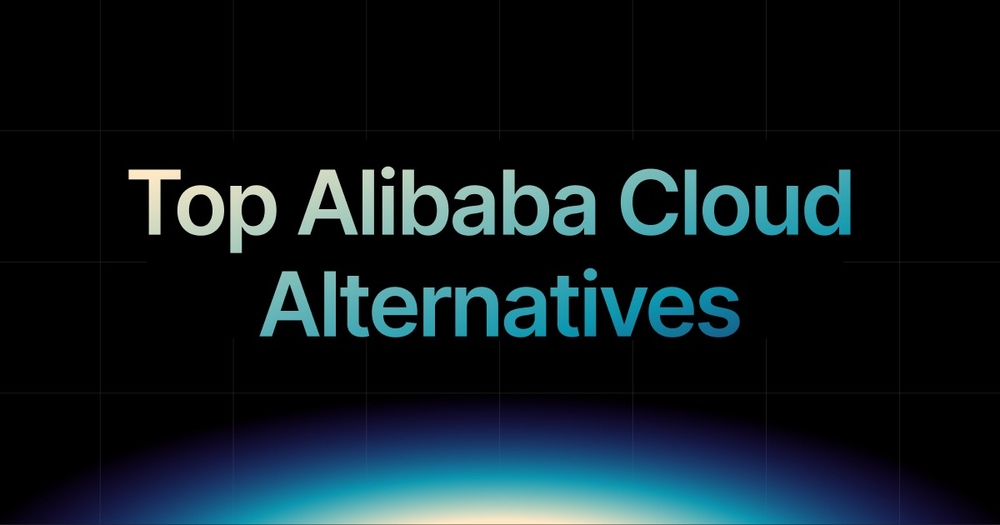
Introduction: Why Developers Are Looking Beyond Alibaba Cloud
Alibaba Cloud has built a solid reputation across Asia as a reliable cloud platform, powering everything from e-commerce sites to large enterprise systems.
With data centres in key APAC regions and deep integration within the Alibaba ecosystem, it’s a natural choice for businesses operating in or around China.
But as teams scale globally, many developers and startups are finding that Alibaba Cloud doesn’t always meet the modern needs of speed, simplicity, and automation.
The platform’s strengths in enterprise-scale operations can feel like overkill for smaller, agile teams that just want to deploy fast and move on.
If you’ve ever felt stuck between complex dashboards, unclear billing, or documentation that feels a few steps behind, you’re not alone.
Developers today expect their cloud platforms to be straightforward, predictable, and built for rapid iteration, not something that slows them down.
That’s why more teams are exploring alternatives to Alibaba Cloud, platforms that offer the same reliability but with clearer pricing, global reach, and better developer experience.
In this guide, we’ll break down the best Alibaba Cloud alternatives in 2025, comparing their strengths, pricing models, and use cases from hyperscalers like AWS and Azure to newer, AI-powered solutions like Kuberns that are redefining how teams deploy and scale applications.
What Developers Actually Want from a Cloud Platform?
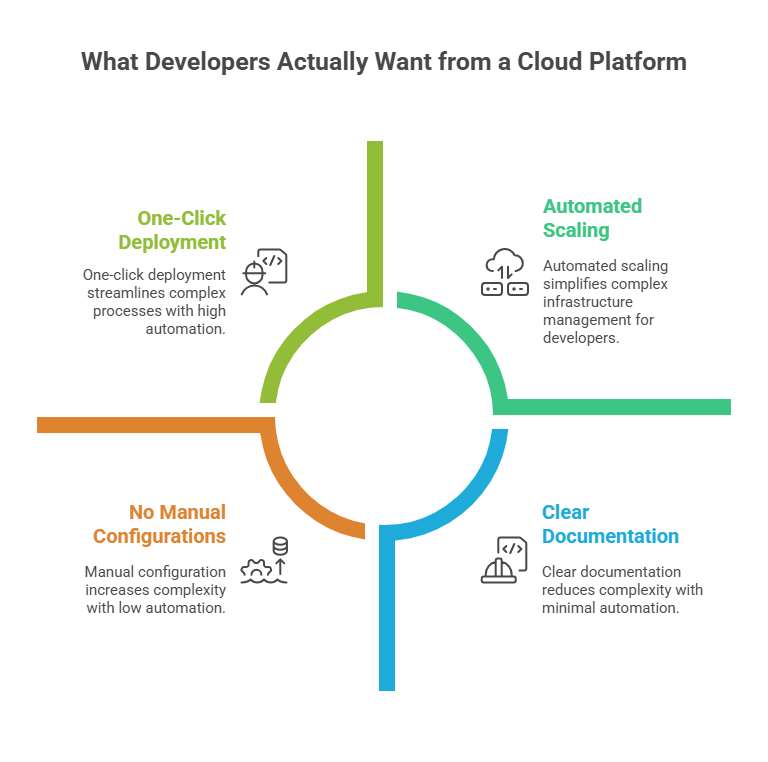 If you ask most developers what they want from their cloud platform, the answers aren’t complicated. They don’t want another endless list of services, or dashboards filled with settings they’ll never touch. They just want something that works, quickly, predictably, and without getting in their way.
If you ask most developers what they want from their cloud platform, the answers aren’t complicated. They don’t want another endless list of services, or dashboards filled with settings they’ll never touch. They just want something that works, quickly, predictably, and without getting in their way.
The reality is that many traditional clouds, including Alibaba Cloud, still expect developers to handle too much configuration and maintenance.
The experience often feels more like managing infrastructure than building products.
And that’s not what developers signed up for.
Here’s what’s really driving developers to look for better platforms in 2025:
Less Configuration, More Creation
Developers want to write code, not manage servers. They’re looking for platforms that make deployment feel effortless, connect your repo, deploy in one click, and get back to building. The fewer manual steps, the better.
Predictable Pricing That Doesn’t Surprise You
Unclear billing models are one of the biggest frustrations. No one wants to ship a project and then spend hours figuring out a spike in costs. Transparent, usage-based pricing helps developers plan better and focus on scaling confidently.
Automation That Just Works
The best platforms handle scaling, monitoring, and performance tuning automatically. Developers value invisible automation, tools that make things faster and smarter behind the scenes without adding more dashboards to check.
Documentation That Speaks Human
Good documentation saves days of confusion. Developers gravitate toward platforms with clear guides, examples, and community-driven solutions. Complex or incomplete docs are often what push teams to switch providers.
Real Support, Not Ticket Numbers
When something breaks, developers need fast answers, not automated responses. Platforms that prioritise human, responsive support naturally earn loyalty.
In short, today’s developers want clarity, automation, and control without complexity.
They want to ship faster, experiment freely, and know exactly what they’re paying for.
Top Alibaba Cloud Alternatives in 2025
Finding the right Alibaba Cloud alternative isn’t just about matching features. It’s about finding a cloud that fits how you actually build and scale software.
Whether you’re a startup launching fast or a growing team managing multiple apps, the platforms below offer simpler, smarter ways to deploy.
1. Kuberns: The AI-Powered Modern Alternative to Alibaba Cloud
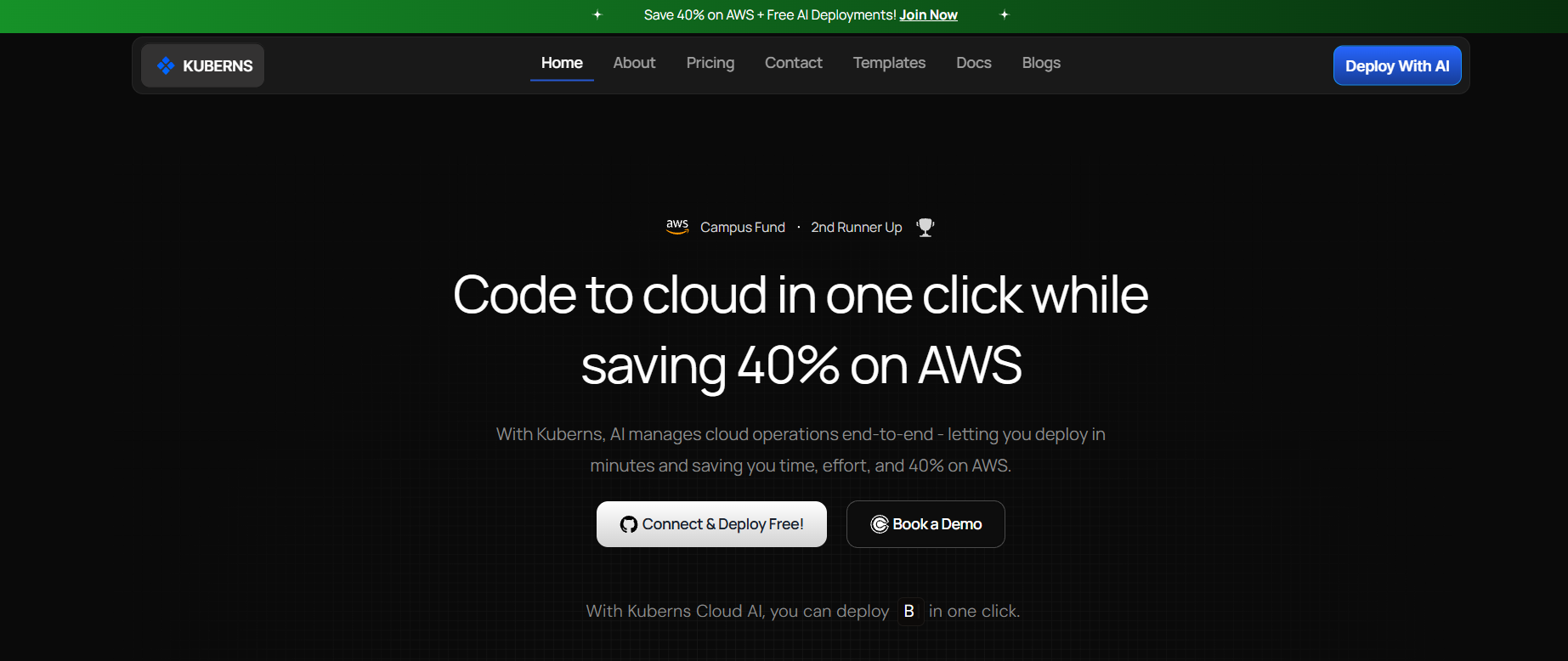 Best for: Startups, SMBs, and dev teams who want one-click deployment and 40% lower costs
Best for: Startups, SMBs, and dev teams who want one-click deployment and 40% lower costs
What it is:
Kuberns is an AI-powered PaaS built on AWS infrastructure. It automates deployment, scaling, and cost optimisation, letting developers ship code directly from GitHub in one click.
Instead of juggling compute instances, Kubernetes YAMLs, and CI/CD integrations, Kuberns handles everything automatically behind the scenes. It’s cloud infrastructure without the manual effort.
Why developers love it:
- One-click deployment from Github
- It reduces cloud costs by up to 40%
- Transparent usage-based billing (no hidden charges)
- Built-in CI/CD pipelines, logs, and monitoring
- Backed by AWS, so you get enterprise-grade reliability with startup-level agility
Kuberns simplifies the cloud so developers can spend time building, not configuring.
2. Amazon Web Services (AWS)
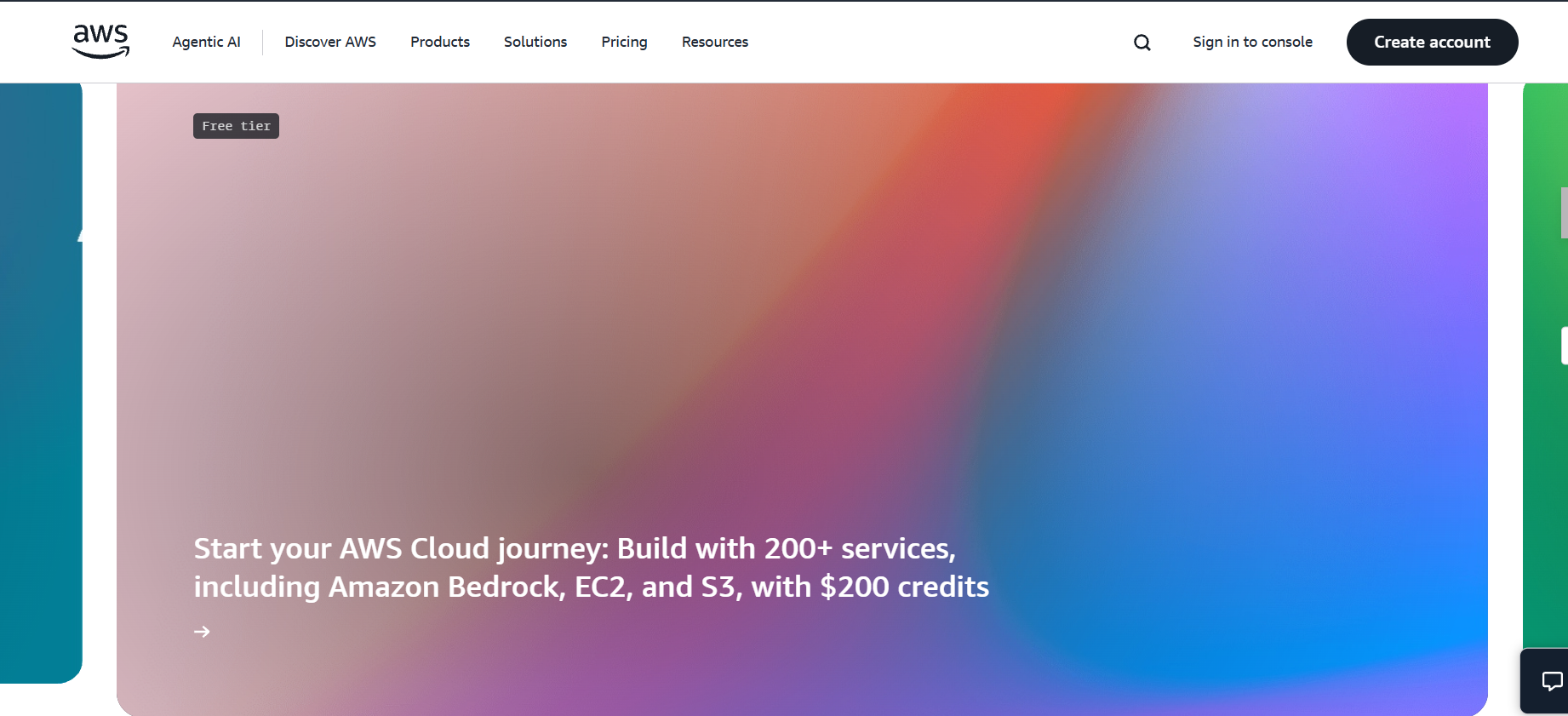 Best for: Enterprises and large-scale infrastructure teams
Best for: Enterprises and large-scale infrastructure teams
What it is:
AWS remains the industry leader, offering the widest range of cloud services globally. Its flexibility, maturity, and ecosystem depth make it the first choice for enterprises managing complex workloads.
However, the same flexibility can become overwhelming for smaller teams. Setting up pipelines, monitoring, and scaling often requires dedicated DevOps engineers, and costs can rise quickly without optimisation.
Why developers use it:
- Global network with 100+ availability zones
- Trusted reliability and strong performance
- Integration with nearly every major DevOps tool
Why developers look elsewhere:
- Complex setup for smaller projects
- Unpredictable costs due to granular billing models
- Steep learning curve for new users
Kuberns bridge this gap, giving developers AWS reliability without the complexity or pricing confusion.
3. Microsoft Azure
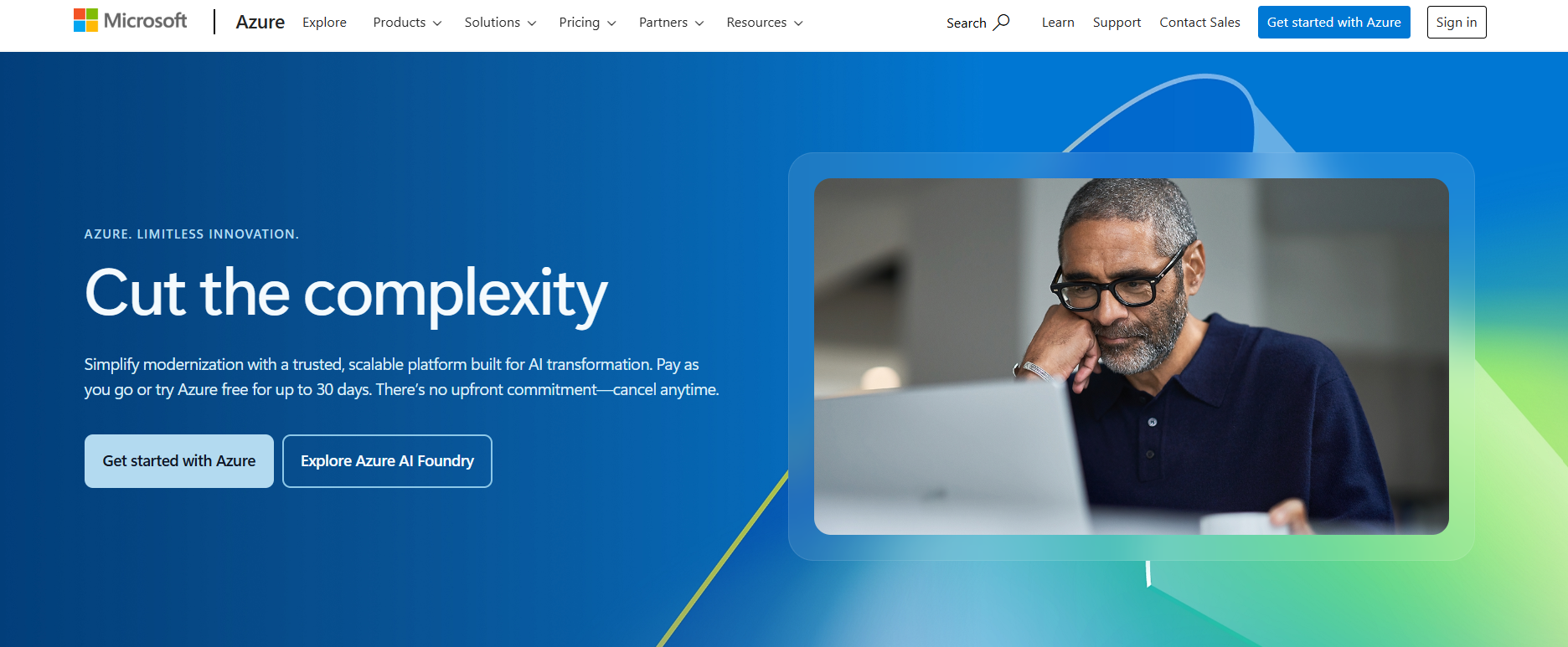
Best for: Enterprises using Microsoft products or hybrid cloud environments
What it is:
Azure is a strong alternative for businesses deeply embedded in Microsoft’s ecosystem. It’s particularly effective for hybrid cloud setups, combining on-premise systems with cloud workloads.
While Azure delivers robust enterprise tools and strong compliance, it’s often considered too heavy for smaller teams who need quick, frictionless deployment. Its UI can feel complex, and managing resources may require significant setup time.
Why developers use it:
- Tight integration with Microsoft tools (Active Directory, Office 365, Visual Studio)
- Scalable infrastructure for enterprise workloads
- Excellent compliance and governance
Why developers look elsewhere:
- Complex to navigate for developers outside the Microsoft stack
- Expensive for smaller workloads
- Limited automation without manual setup
4. Google Cloud Platform (GCP)
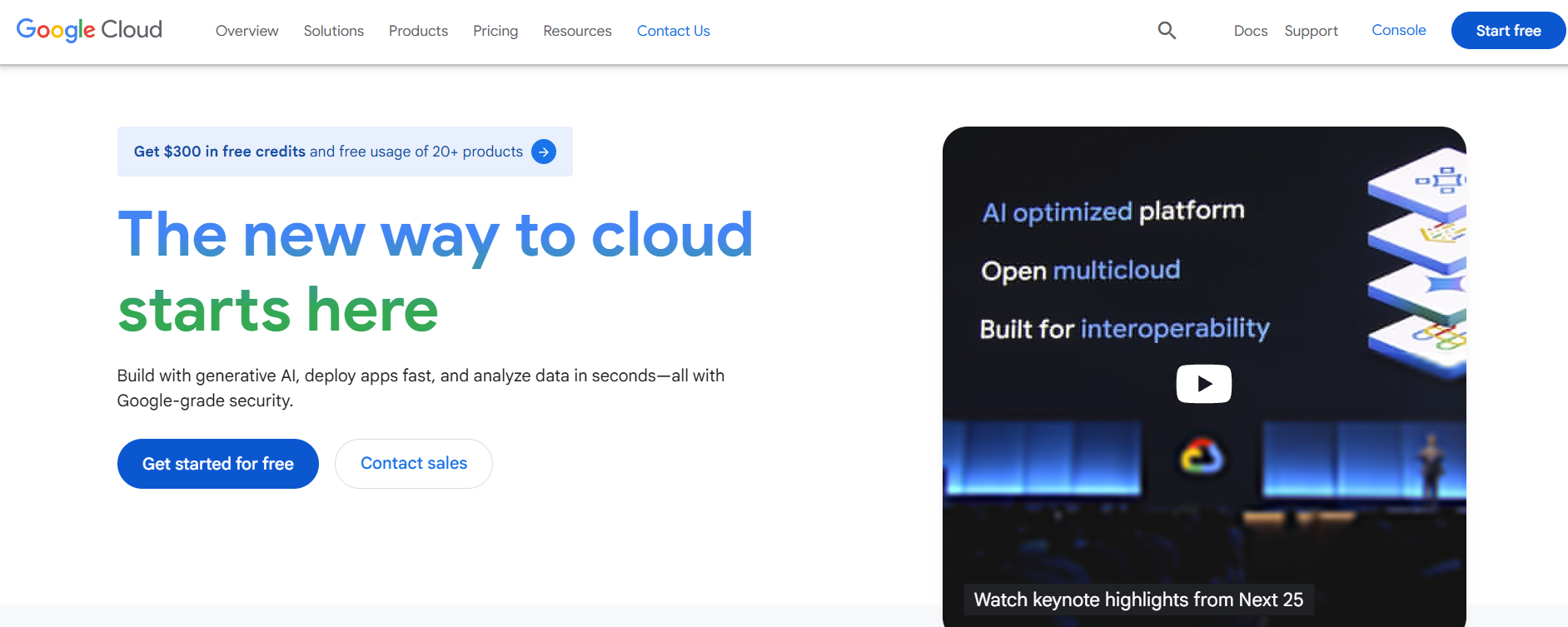
Best for: Data-driven teams, AI/ML projects, and Kubernetes users
What it is: GCP is known for its strength in AI, machine learning, and analytics. It’s the birthplace of Kubernetes, so it naturally appeals to developers building containerised applications or data-intensive systems.
However, GCP’s developer experience varies depending on region and workload. Its pricing and support structure can be difficult for small businesses to navigate, especially compared to more transparent platforms.
Why developers use it:
- Best-in-class AI and ML tools
- Strong analytics platform (BigQuery, Vertex AI)
- Deep Kubernetes integration
Why developers look elsewhere:
- Limited support options for smaller customers
- Complex billing and pricing calculators
- Fewer data centres in emerging markets
5. Oracle Cloud Infrastructure (OCI)

Best for: Enterprises running database-heavy or legacy workloads
What it is:
OCI has gained attention for its predictable pricing model and solid network performance, especially for database-intensive applications. It’s designed for enterprises that need reliability, governance, and deep Oracle software integration.
However, it’s still considered less developer-friendly compared to modern PaaS platforms. Documentation and integration options can be limited, and many startups find it less intuitive than newer solutions.
Why developers use it:
- Excellent performance for Oracle-based applications
- Straightforward pricing structure
- Good uptime and enterprise-grade SLAs
Why developers look elsewhere:
- Limited open-source community
- Fewer built-in automation tools
- Not ideal for rapid iteration or CI/CD pipelines
6. IBM Cloud
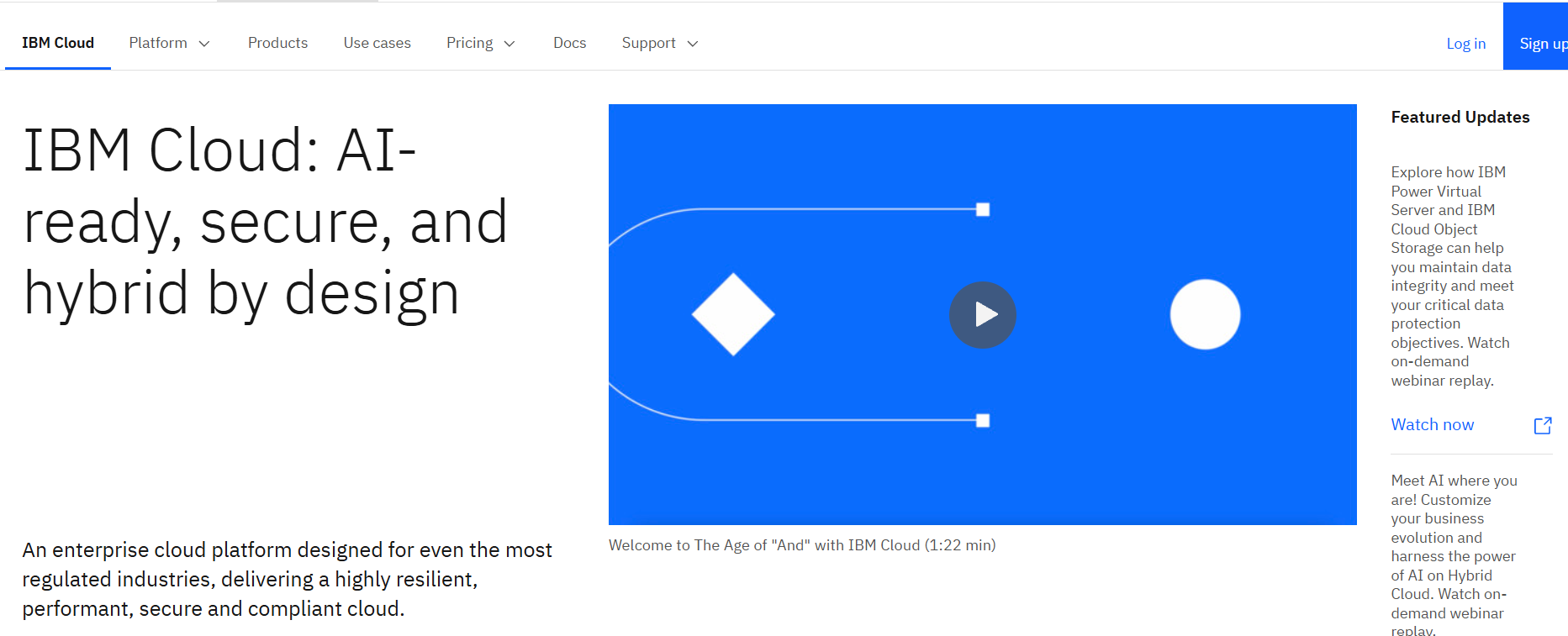
Best for: Large enterprises with hybrid or on-premise infrastructure
What it is: IBM Cloud offers reliable infrastructure and strong compliance features, particularly for companies dealing with regulated data. It’s often chosen by organisations modernising legacy workloads without going fully cloud-native.
But for developers, IBM Cloud can feel rigid and outdated. The interface is dense, automation features lag behind, and the ecosystem is smaller compared to AWS or Azure.
For teams that value speed and agility, IBM Cloud’s enterprise focus often feels like overkill.
Why developers use it:
- Strong hybrid and compliance capabilities
- Enterprise-grade governance
- Integration with Watson AI and Red Hat OpenShift
Why developers look elsewhere:
- Complex user experience
- Limited developer community
- Slow innovation pace
7. DigitalOcean
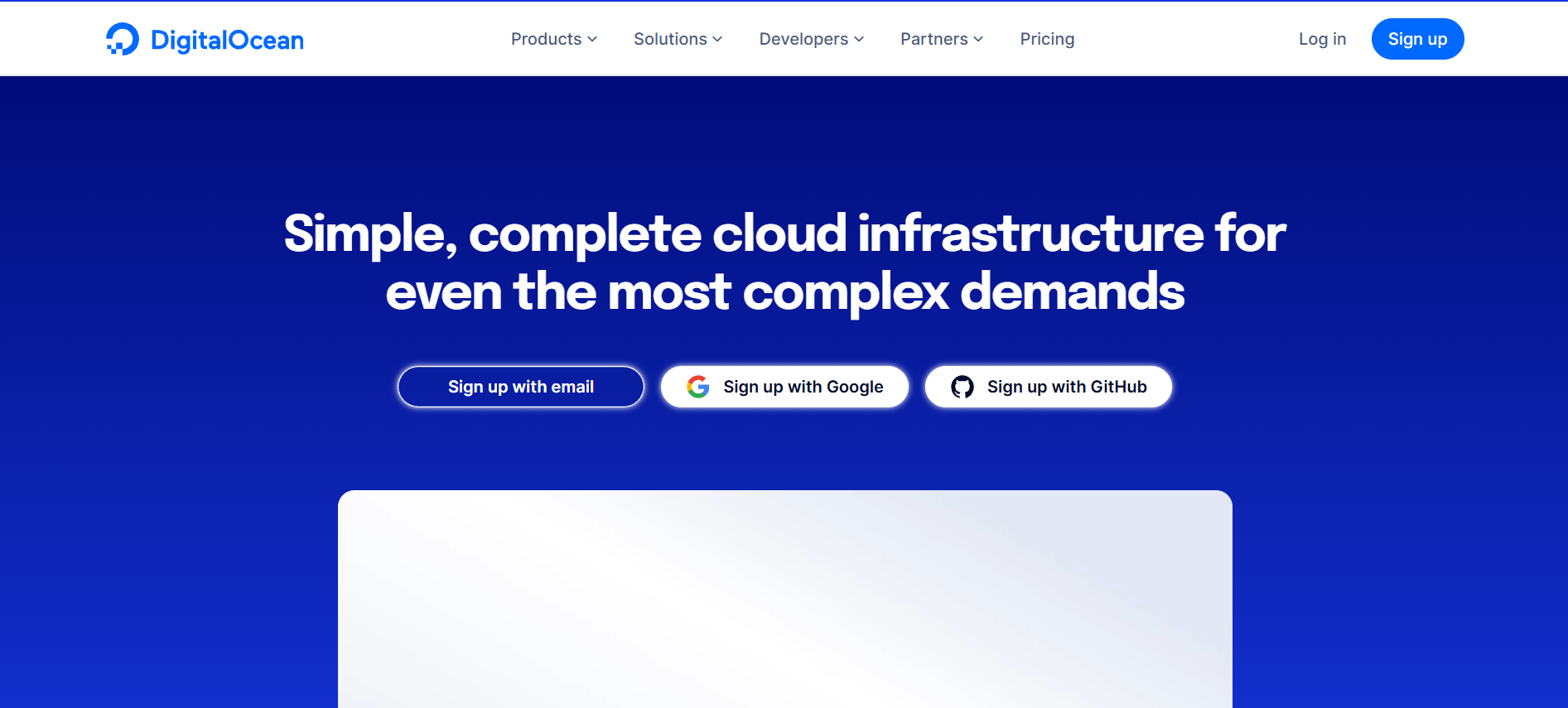
Best for: Startups, indie developers, and small businesses
What it is:
DigitalOcean is loved for its simplicity. Its clean interface, transparent pricing, and strong documentation make it one of the most developer-friendly cloud providers in the market.
It’s perfect for quick deployments and small-scale production apps. However, as teams grow or require advanced automation, its limited built-in DevOps tools can become a bottleneck.
Why developers use it:
- Simple UI with minimal configuration
- Flat, predictable pricing
- Excellent documentation and community
Why developers look elsewhere:
- Limited scalability for complex workloads
- No AI-powered optimisation or auto-scaling
- Manual setup required for CI/CD
For developers who love DigitalOcean’s simplicity but need AI-based scaling and all-in-one automation, Kuberns offers a smoother transition.
8. Vultr
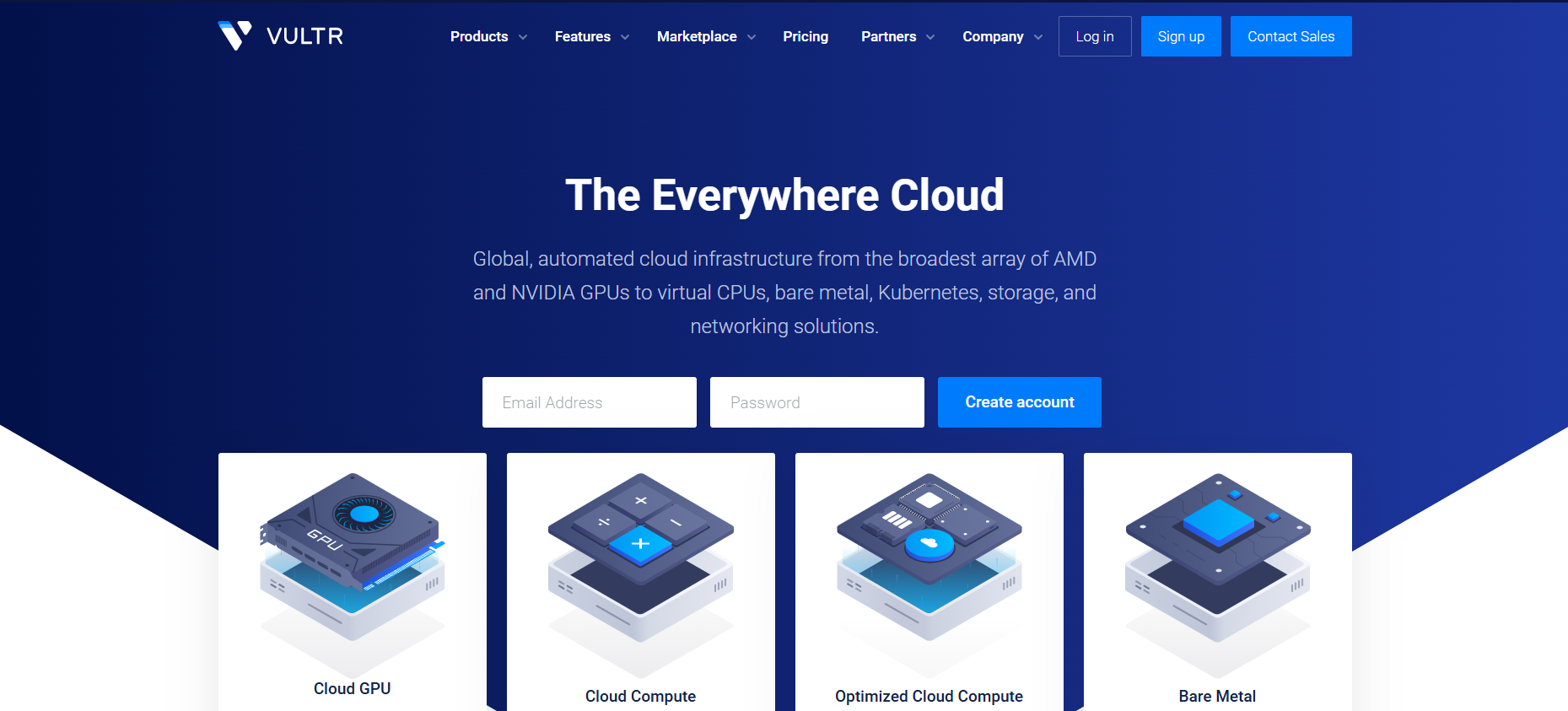
Best for: Developers seeking fast, affordable cloud infrastructure
What it is: Vultr stands out for its pricing and fast provisioning. It’s ideal for developers testing apps, hosting lightweight projects, or spinning up short-term environments.
Its simplicity and low entry cost make it a solid choice for personal or early-stage projects. However, it lacks the AI-driven management, scalability, and monitoring that modern teams expect as they grow.
Why developers use it:
- Low-cost compute and storage options
- Easy setup with one-click app installs
- Global availability with decent performance
Why developers look elsewhere:
- Limited automation and observability
- Fewer DevOps integrations
- Basic support options
9. Hetzner
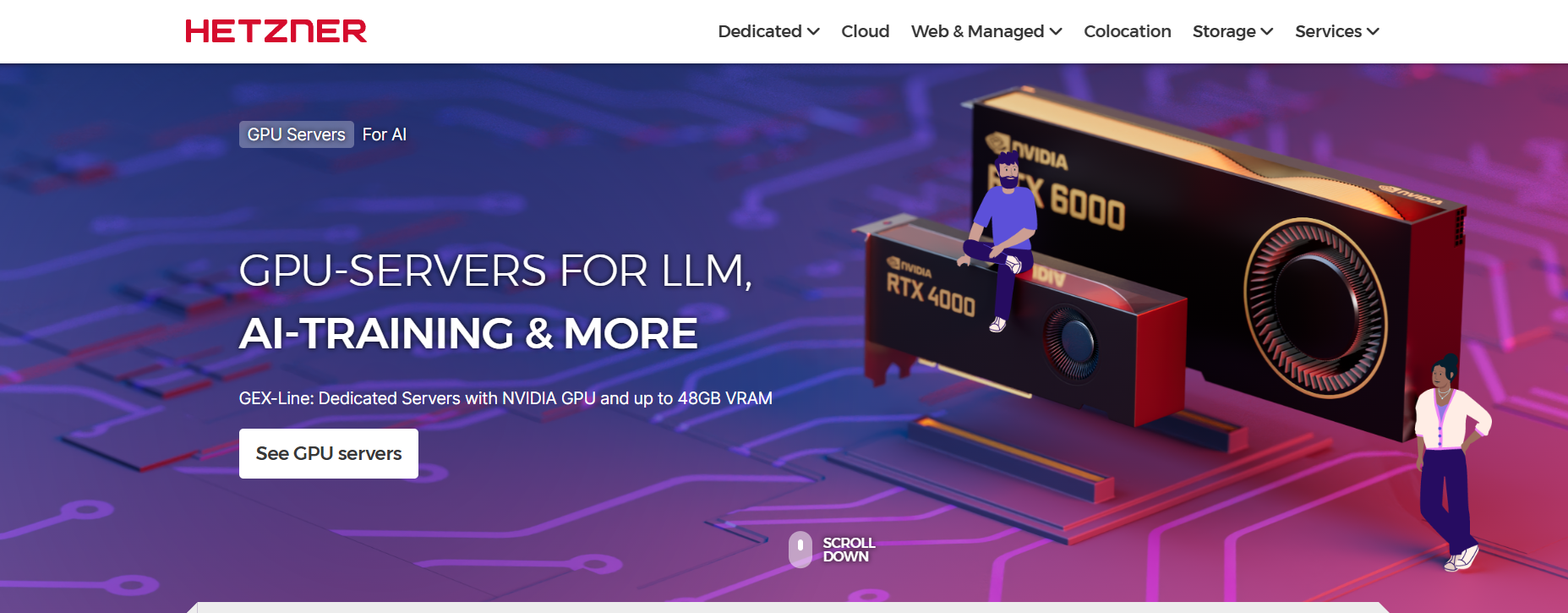
Best for: European businesses and cost-sensitive teams
What it is:
Hetzner is known for its unbeatable pricing and reliability within Europe. It’s often chosen by developers and startups that want stable, low-cost infrastructure with strong data protection compliance (GDPR-ready).
The downside is its limited data centre reach, mainly within Germany and Finland, and a lack of modern automation features that simplify scaling.
Why developers use it:
- Transparent, affordable pricing
- High performance for dedicated servers
- Strong EU data compliance and privacy
Why developers look elsewhere:
- Limited global presence
- Few integrated DevOps tools
- Manual scaling and deployment setup
10. OVHcloud
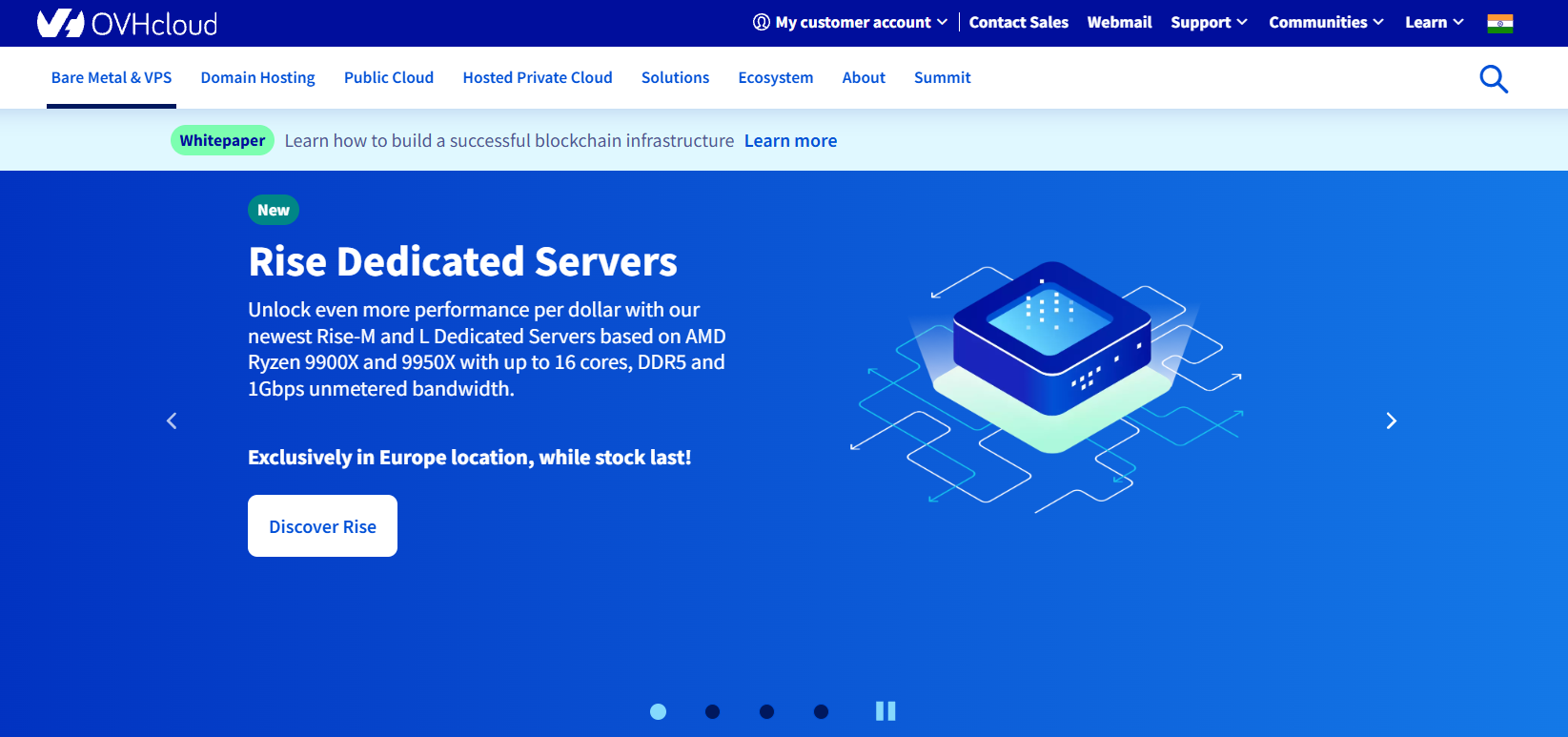
Best for: SMBs and teams seeking low-cost, EU-based cloud hosting
What it is:
OVHcloud combines affordable cloud infrastructure with a focus on privacy and compliance. It’s a good fit for teams that want straightforward hosting with control over their data residency.
However, support and performance consistency vary across regions, and its automation tools are limited compared to newer AI-driven platforms.
Why developers use it:
- Budget-friendly pricing
- Flexible hosting and storage plans
- Strong focus on data sovereignty
Why developers look elsewhere:
- Inconsistent customer support
- Limited automation capabilities
- Fewer global data centres than major players
Each of these platforms brings something valuable to the table. But for developers seeking the perfect mix of speed, transparency, and automation. AI-driven platform Kuberns is setting a new standard for what a modern cloud experience should feel like.
Feature Comparison: Alibaba Cloud vs Top Alternatives
Choosing a cloud platform in 2025 isn’t just about who has more services. It’s about who makes development faster, simpler, and more cost-efficient.
Here’s how Alibaba Cloud stacks up against the most popular alternatives developers are turning to.
| Provider | Key Strength | Ideal For | Pricing | Key Differentiator |
|---|---|---|---|---|
| Kuberns | AI-powered deployment and scaling | Startups, Dev Teams, SMBs | Up to 40% Lower | Combines AWS reliability with one-click deploy and built-in CI/CD |
| AWS | Global reach and enterprise reliability | Large enterprises, global apps | High | Broadest service ecosystem with mature tooling |
| Azure | Hybrid cloud and enterprise integration | Corporates using Microsoft stack | High | Deep integration with Microsoft 365 and on-prem systems |
| GCP | Advanced AI, ML, and Kubernetes capabilities | Data-driven or AI/ML teams | Moderate | Best-in-class AI/ML tools and analytics |
| OCI (Oracle) | Predictable pricing and enterprise databases | Database-heavy workloads | Moderate | Optimized for Oracle DB and enterprise-grade performance |
| IBM Cloud | Hybrid infrastructure and governance | Legacy enterprise systems | High | Strong compliance and hybrid environment support |
| DigitalOcean | Simplicity and transparent pricing | Developers, startups | Moderate | Clean UI and easy-to-use API for quick deploys |
| Vultr | Fast provisioning at low cost | Small teams, side projects | Low | Quick setup for lightweight apps and tests |
| Hetzner | EU-based affordable servers | European startups, devs | Low | Transparent low-cost model with strong data compliance |
| OVHcloud | Privacy-focused affordable hosting | SMBs, regional apps | Low | Data sovereignty and competitive EU pricing |
| Alibaba Cloud | Asia-based infrastructure and integration with Alibaba ecosystem | China/APAC-focused enterprises | Moderate | Strong presence in Asia, limited global reach |
Quick Takeaway:
Alibaba Cloud is powerful in Asia, but it can feel limiting for global teams and developers looking for automation and clarity. Kuberns brings the same reliability but simplifies the entire process from deployment to scaling while keeping pricing transparent and predictable.
Migration Insights: Moving from Alibaba Cloud to a Global Platform
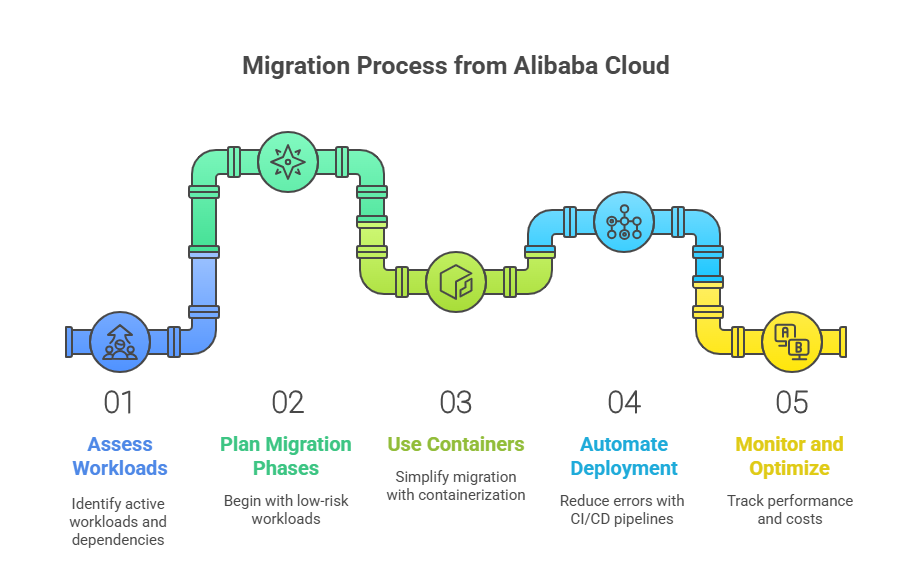
Switching from Alibaba Cloud can feel daunting, especially if your workloads are already live. But the reality is, migrating to a more global and developer-friendly platform has become much simpler than it used to be.
Most modern IaaS and PaaS providers now support containerised workloads, standard APIs, and cross-cloud compatibility, which means you can migrate without massive rewrites or vendor lock-in.
Here’s how most teams approach it:
Assess What You’re Running
Start by identifying your active workloads, web apps, databases, storage buckets, and networking configurations. If you’re using Alibaba-specific services (like Function Compute or OSS), note their dependencies and find equivalent services on your target platform (e.g., AWS Lambda, S3, or Kuberns’ managed environments).
2. Plan the Migration in Phases
Don’t move everything at once. Begin with low-risk workloads, staging or internal environments to validate performance and compatibility on the new platform.
Once things run smoothly, you can migrate production workloads with minimal disruption.
3. Use Containers Wherever Possible
If your applications are containerised using Docker or Kubernetes, migration becomes significantly easier.
Most providers, including Kuberns, let you deploy containers directly with built-in orchestration and scaling, skipping complex infrastructure setup.
4. Automate Deployment to Prevent Errors
Manual migration increases the risk of downtime or misconfiguration. Modern platforms offer CI/CD pipelines that handle version control, rollback, and environment setup automatically.
With Kuberns, you can deploy directly from GitHub and let the system handle resource allocation, scaling, and monitoring, all without writing new scripts.
5. Monitor, Optimise, and Scale
After migration, monitor system performance and cost patterns closely.
Platforms like Kuberns provide real-time usage visibility, so you can track consumption, scale dynamically, and stay on budget without surprises.
Why This Matters:
Migration isn’t just about moving your servers. It’s about moving to a workflow that saves you time. When your infrastructure becomes self-managing, scaling, and cost-optimised by design, you spend less time maintaining and more time building.
Choosing the Right Cloud Platform
Selecting a cloud provider isn’t about chasing the biggest brand names anymore. It’s about finding a platform that matches how your team works today: fast, iterative, and data-driven.
Developers no longer want to spend hours configuring servers or decoding billing dashboards. They want to push code, see it live, and trust that everything behind the scenes just works.
That’s the new standard for cloud experience in 2025.
Platforms that embrace automation, visibility, and developer simplicity are shaping the next wave of cloud adoption.
Whether you’re running your first app or scaling to thousands of users, choose a cloud that keeps things simple, predictable, and fast to deploy.
Because in the end, the best cloud isn’t the one with the most features, it’s the one that lets you build more and manage less.

Frequently Asked Questions
1. What are the best Alibaba Cloud alternatives in 2025?
The top Alibaba Cloud alternatives in 2025 include Kuberns, AWS, Microsoft Azure, Google Cloud Platform, Oracle Cloud, IBM Cloud, DigitalOcean, Vultr, Hetzner, and OVHcloud. While large providers like AWS and Azure offer massive scalability, platforms such as Kuberns stand out for delivering AWS-level reliability with one-click deployment and AI-powered cost optimisation.
2. Which Alibaba Cloud alternative is best for startups and developers?
For startups and developer teams, Kuberns is one of the best Alibaba Cloud alternatives.
It simplifies cloud deployment through automation, reduces infrastructure costs by up to 40%, and integrates CI/CD, monitoring, and scaling in a single interface, ideal for small teams that want to move fast.
3. What is the most cost-effective alternative to Alibaba Cloud?
Kuberns and Hetzner are among the most cost-effective alternatives.
Hetzner offers affordable EU servers, while Kuberns combines AWS infrastructure with AI-based cost optimization, making it possible to achieve enterprise-grade reliability at significantly lower prices.
4. Can I migrate my apps easily from Alibaba Cloud to another provider?
Yes, most modern cloud providers support migration tools, containerised environments, and standard APIs to simplify the process.
With Kuberns, you can deploy directly from GitHub using one-click pipelines, automate scaling, and monitor everything through a unified dashboard, making migration smooth and low-risk.
5. Which Alibaba Cloud alternative has better global coverage?
AWS, Azure, and GCP lead in global data centre coverage, but Kuberns, built on AWS infrastructure, provides the same global reliability with added automation and transparent pricing.